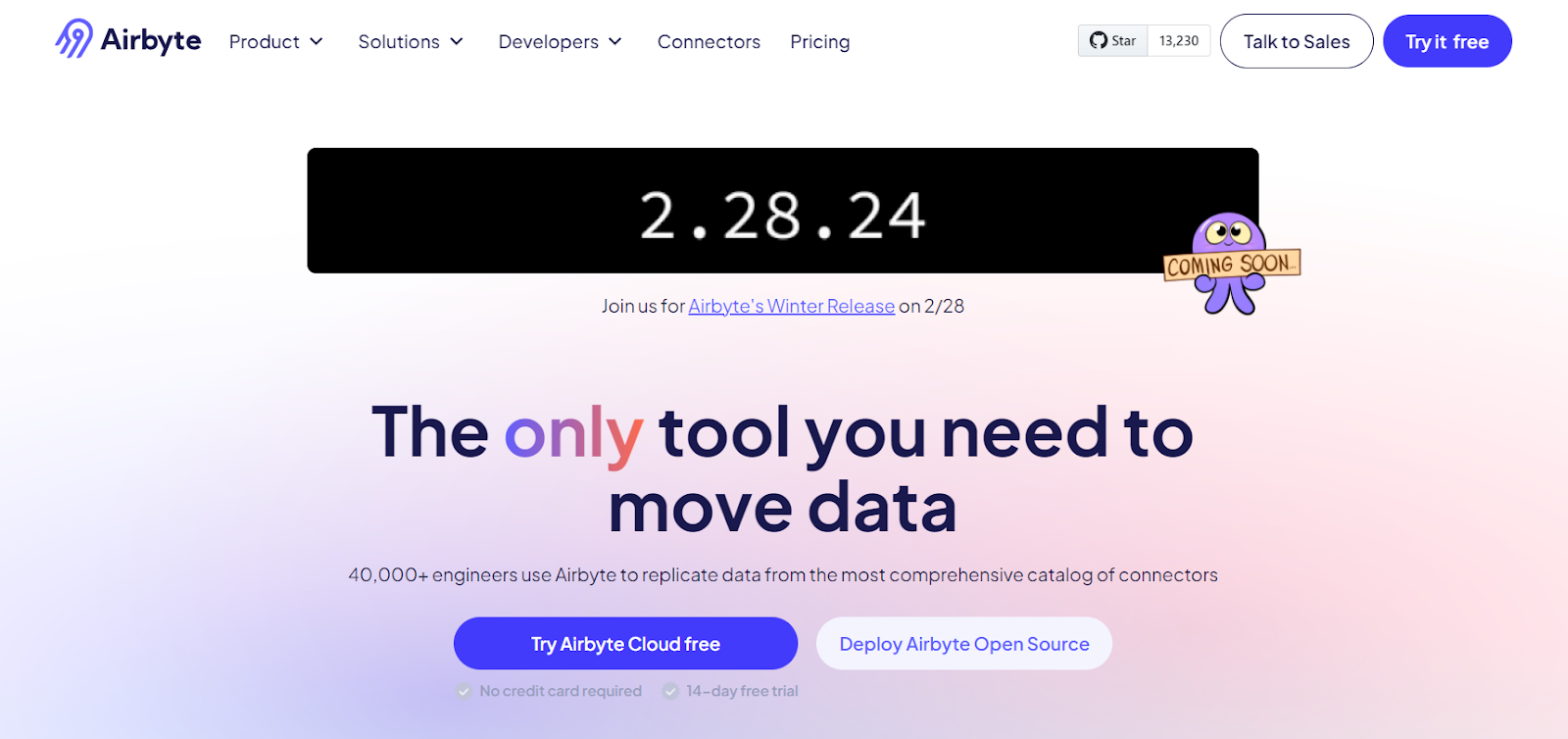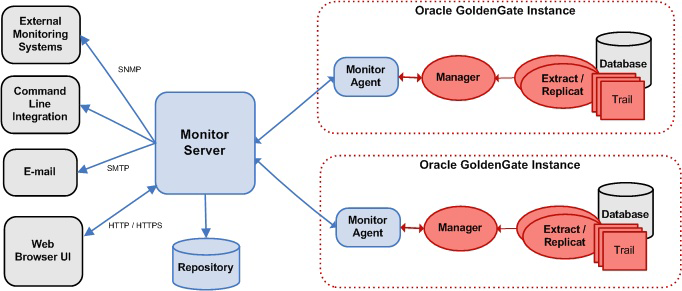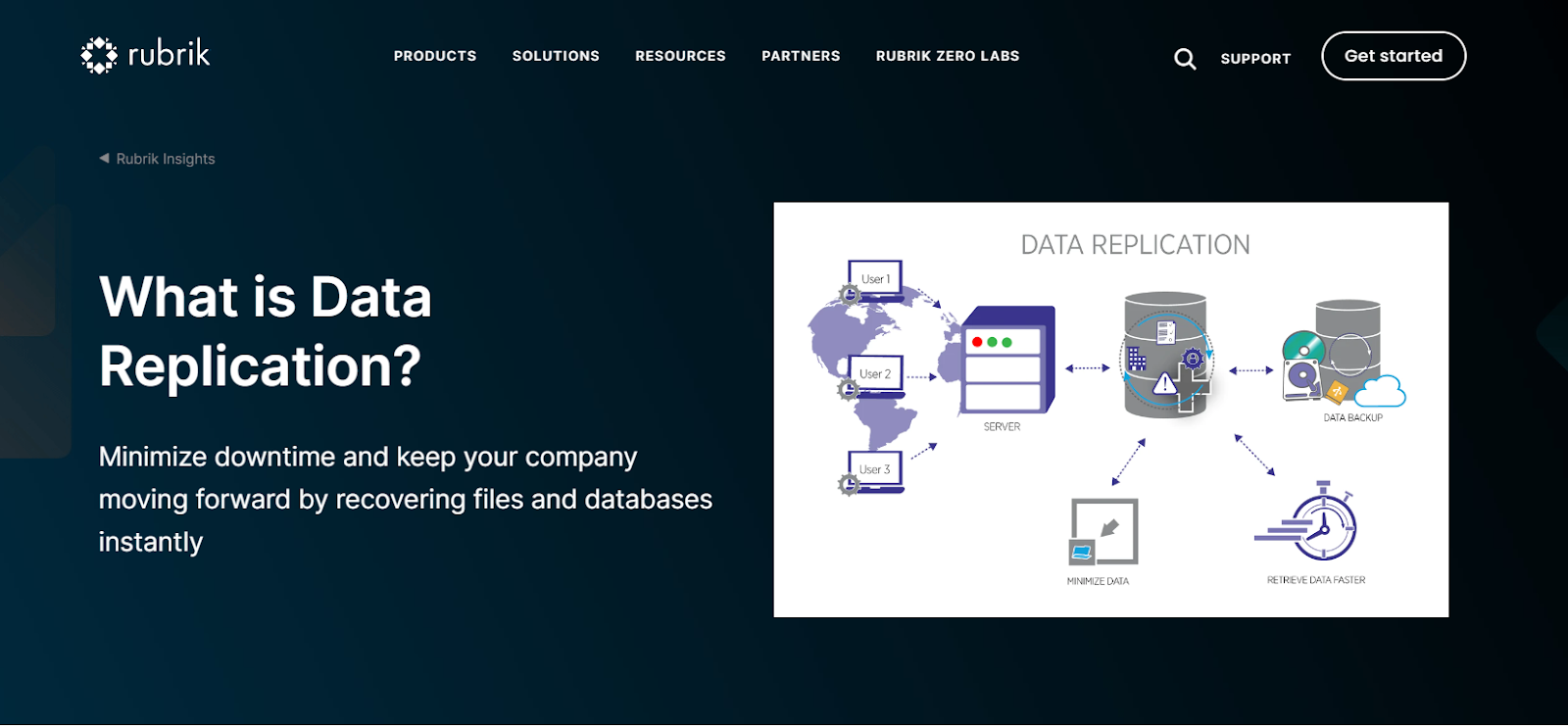Advantages of Data Replication: A Quick Overview
Summarize this article with:
✨ AI Generated Summary
Data replication ensures high data availability, improved disaster recovery, low latency, scalability, and enhanced performance by duplicating data across multiple locations. It supports real-time analytics through Change Data Capture (CDC) and can be implemented synchronously (zero data loss, higher latency) or asynchronously (possible lag, lower cost).
- Top tools include Airbyte (600+ connectors, incremental/full extraction, open-source), Oracle GoldenGate (fault tolerance, streaming pipelines), and Rubrik (rapid recovery, scalability, API support).
- Data replication improves business continuity, reduces downtime, and enables faster decision-making without requiring extensive technical expertise.
These days, data is continuously evolving, more than ever before. With the changes and rapid shifts in businesses, firms emphasize securing high-quality data that is available and accessible at different locations and systems. However, maintaining consistency and data security across distributed systems can be challenging. For this reason, planning and implementing data replication strategies is essential as they help tackle problems such as data loss.
This article is an elaborate guide on the advantages of data replication, including the most popular tools available.
What is Data Replication?
Data replication refers to moving data from one source (data storage) to another. This form of data duplication ensures that information remains consistent across various locations, enhancing availability and accessibility. Data replication can occur in batches or in real-time, depending on the frequency of data updates and your requirements.
Advantages of Data Replication
Here are some benefits of data replication.
1. Ensures High Data Availability
Data replication provides high availability, ensuring reliable and continuous access to data.
Maintaining multiple copies of original data allows you to quickly access alternate copies if a server fails, ensuring uninterrupted data availability and customer satisfaction.
To maintain high data availability, you can use various techniques such as backup and restore, synchronization, clustering, load balancing, monitoring, security, and alerting. Data replication strategies also enhance disaster recovery capabilities, improve performance, and strengthen system resilience.
2. Improved Disaster Recovery
Data replication is fundamental to maintaining data integrity and business continuity during natural disasters, cyber-attacks, or hardware failures. Having copies of data in multiple locations helps in recovery from data loss and reduces downtime. Frequent testing of disaster recovery policies helps identify areas of improvement and recognize further challenges to overcome.
3. Low Latency
In a distributed database management system, data can reach you quickly and at a shorter distance. Low latency refers to the delay or lag between the start and end of data creation or updation. It also ensures that data at the destination remains up-to-date. Financial transactions, real-time analytics, and online gaming are crucial scenarios where source and replica servers must be updated with low latency.
4. Scalability
Scalability is essential, especially when handling massive data, large numbers of users, data manipulation options like insert, update, or delete, and transaction requests. A data replication system becomes scalable when accommodating larger data loads while maintaining functionality. The replication process should expand horizontally or vertically based on the evolving requirements to achieve the desired result.
5. Improved Performance
Distributing data across multiple locations leads to improved system performance. This improved performance in data replication is spread across various factors like load distribution, data speed, and network efficiency to create a more responsive and efficient system.
6. Support For Real-Time Analytics
Real-time analytics is another advantage of data replication, as it helps enhance data-driven applications' overall efficiency and performance. With real-time analytics, you get instant data insights on the changes and updates happening in the replication process on the replica servers. This approach is useful for understanding customer behavior and preferences, which enables you to respond swiftly to market changes and stay ahead of your competitors.
How Does Data Replication Work?
Data replication involves creating multiple duplicates of the data and placing them in various locations, thereby ensuring the availability of backups. This minimizes fault tolerance and makes the data more accessible across a distributed network; you can quickly access relevant data without intruding on others' work. Additionally, the distributed database management system (DDBMS) ensures that different replication triggers, like inserting, updating, or deleting the data performed on one data source, are reflected on all the other data sources.
There are numerous ways to replicate data, with associated advantages such as thoroughness and speed. The choice of the replication method depends on your use case requirements, preferences, and the benefits you seek to achieve. Synchronous and asynchronous data replication are two methods for copying and managing data across multiple locations.
Synchronous Replication
It is the process of writing data to a secondary remote location. In synchronous replication, data is created or updated in the primary data center, and the data in the secondary location is only a few minutes older than the source data. It is used for high-end transactional applications. Synchronous replication consumes more time but ensures successful data replication.
Asynchronous Replication
In asynchronous replication, data is written in multiple locations and is replicated based on hourly, daily, or weekly periods. Data write is considered complete when the primary storage acknowledges it. This replication type is used for cloud backups. A shortcoming of asynchronous replication is that it can have a potential data lag as the updates done on the source are not immediately reflected on the destination.
Top 3 Data Replication Tools
The top three data replication tools known for their effectiveness in replicating data across various databases and systems are:
1. Airbyte

Airbyte is a leading data integration and replication tool. It has a vast library of 600+ pre-built connectors to simplify the data movement from the source to diverse destinations like data warehouses, databases, and data lakes. Airbyte provides a user-friendly interface for designing and tracking the data integration pipelines. Moreover, it supports batch data replication, which allows periodic data transfer from source to destination in predefined batches.
Airbyte also provides access to a log-based Change Data Capture (CDC) tool and supports data replication from Postgres, SQL Server, MySQL, and more to any destination, such as BigQuery or Snowflake. CDC can monitor change operations, including inserts, updates, and deletes, on the source, which helps quickly propagate data to the destination.
Key Features of Airbyte:
- Incremental and Full Extraction Methods: Airbyte provides flexibility in designing and managing data replication by giving access to incremental and full extraction methods. The incremental method involves recording only the insert and updates in the source since the last extraction, thus ensuring resource-efficient replication. The full extraction method involves retrieving the entire dataset from the source and sending it to the destination for each extraction.
- Custom Connectors: If you are unable to find a connector of your choice in the pre-built list of connectors, you build a custom connector. You can use Airbyte’s no-code connector builder or low-code Connector Development Kit to build a custom connector in just a few minutes.
- Intuitive Interfaces: With Airbyte, you get the flexibility to build pipelines in multiple ways. These interfaces include UI, API, Terraform Provider, and PyAirbyte, enabling you to design pipelines according to your needs. The UI provides an easy way to develop pipelines, while Terraform Provider allows for a programmatic approach with complete control. API option offers flexibility to handle pipelines using APIS. If you have hands-on experience in Python programming, PyAirbyte is recommended.
- Community and Support: Airbyte has positioned itself as a popular open-source platform with a broad community of 800+ contributors comprising data practitioners and engineers. You can find support and resources in the community forum and promote collaboration and knowledge exchange with others.
- Validation: Airbyte supports a data validation feature to validate the extracted data for correctness and high-quality maintenance.
2. Oracle GoldenGate

Oracle GoldenGate is a comprehensive data integration and replication solution. It is designed for replicating, filtering, and publishing data into various destinations, including databases, open source systems, Oracle Cloud Infrastructure (OCI) streaming, and OCI Stream Analytics. This shows that Oracle GoldenGate supports diverse data movement strategies across organizations.
Key Features of Oracle Goldengate:
- Fault Tolerance: Oracle Goldengate provides a resilient data integration solution with high fault tolerance. This ensures reliable data replication and integration despite hardware or software failures.
- Streaming Data Pipelines: Oracle Goldengate offers streaming data pipelines that support real-time data processing and analysis. This includes capabilities for data filtering, transformation, enrichment, and routing, apart from triggering alerts and making API calls.
- Support Non-Oracle Databases: Oracle Goldengate supports high availability, disaster recovery, and real-time data integration for non-Oracle databases to enhance planned and unplanned downtime.
3. Rubrik

Rubrik is a cloud data management platform that also offers backup solutions. Its capabilities involve improving data availability, simplifying data management tasks, and disaster recovery.
Key Features of Rubrik:
- Data Access and Recovery: Rubrik provides rapid recovery and instant access to data, reducing downtime in case of hardware failure.
- Scalability: Rubrik is designed to handle large-scale data volumes to accommodate growing business demands. This scalability ensures effective data protection and management for increasing data management requirements without performance degradation.
- Data Analytics: Rubrik is designed to help derive actionable insights from large data volumes. This ensures better decision-making by analyzing and reporting on data trends, usage, and other metrics.
- API Support: Rubrik has extensive API support to ease the data integration with third-party tools and enhance the diversity of the platform. This allows for automated workflows, custom integrations, and extended functionality beyond traditional data backup and recovery.
Conclusion
Data replication is integral to businesses, offering benefits like high availability, security, and reliability. Additional data replication advantages include improving the ability to address risks like cyber attacks, disaster recovery, and hardware failures by providing copies of data at multiple locations. Data replication helps you elevate decision-making capabilities and prioritize the well-being of users, resulting in long-term success and growth.
Frequently Asked Questions
1. What's the difference between synchronous and asynchronous data replication?
Synchronous replication writes data to primary and secondary locations simultaneously, ensuring zero data loss but taking more time - ideal for financial systems. Asynchronous replication writes to the primary location first and synchronizes later, making it faster with potential data lag, which is ideal for backups and content delivery.
2. How does data replication improve system performance?
Data replication places copies of your data closer to users, reducing latency and speeding up access times. It also distributes workload across multiple servers, preventing any single database from getting overwhelmed during peak usage.
3. Can I use data replication for real-time analytics?
Yes! With Change Data Capture (CDC), data replication monitors every change on your source database and immediately reflects it in your analytics systems. This gives you instant insights without waiting for batch updates.
4. Do I need technical expertise to set up data replication?
Not anymore. Modern tools like Airbyte offer user-friendly interfaces with pre-built connectors that let you set up pipelines with just a few clicks—no coding required for basic configurations.

.webp)
